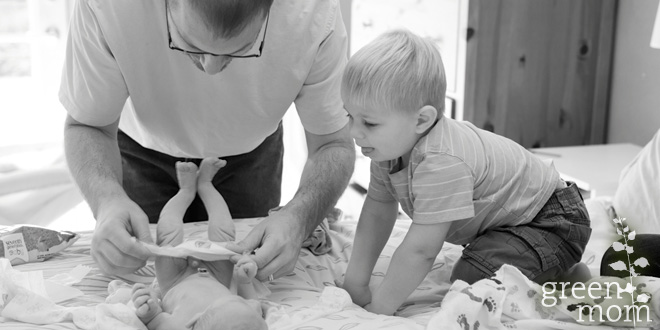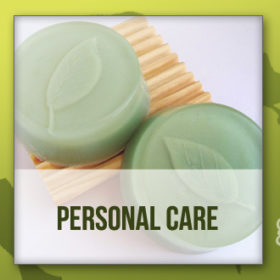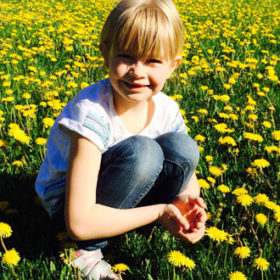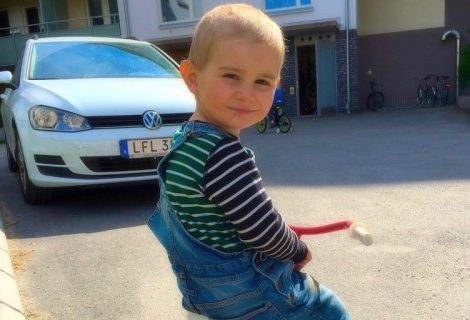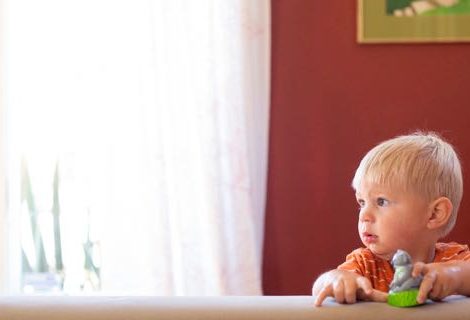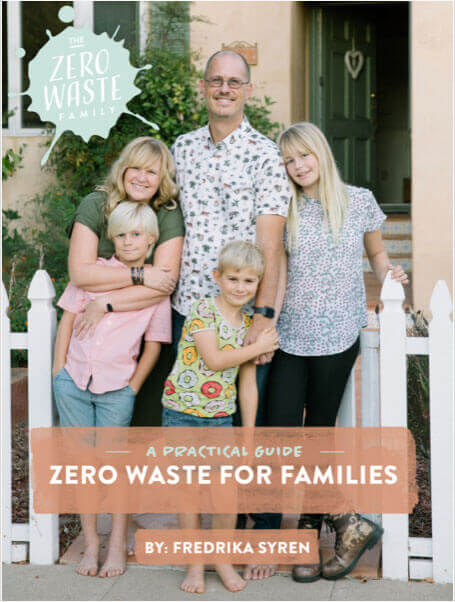By Larraine Roulston:

foto by jlsfoto.com
Choosing your baby’s diaper is an important decision when committing to green living and your baby’s health. Today’s mainstream choices include washing modern reusable diapers or buying disposables. Several disposable diaper brands are now advertising “Green, Pure and Natural.” When you consider their life cycle, it is difficult to associate them with eco-friendly choices. They are a huge tax on the environment – from their manufacture, transportation and short use to their slow landfill breakdown. Also, poorly labeled instructions to flush any contents for proper sewage treatment that can leach from landfills and contaminate groundwater add to the concern.
The first disposables that I became aware of when expecting my first born in 1971 were bulkier than today’s products. One also had to purchase their accompanying reusable clip-on plastic pants. These diapers were promoted as a traveling convenience. This seemed harmless enough, knowing that my generation had mothers who used flat flannelette, operated a wringer washer, knitted soakers (version of plastic pants), and embraced the invention of the safety pin. Once the disposables’ occasional use became established, advertising shifted to their use for all social outings. Soon they were streamlined with an accompanying thin plastic outer lining, and became widely known as a modern and affordable convenience. Being distributed in hospitals to “hook” parents made them socially acceptable. Soon manufacturers began competing, with extra dryness, whiteness, fragrance, and colorful cartoons contributing even more substances that come in direct contact with newborn skin.
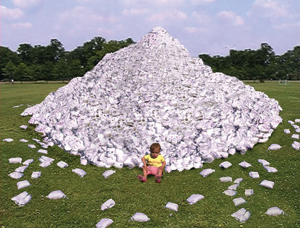 Currently every drug store and supermarket have a designated area displaying various styles and sizes. On this aisle, parents will spend over $2,000 spanning the first 2½ years of a child’s life. Around this age, toilet training begins and it is challenging enough without the task of tackling a disposable’s sticky tabs and trying to reapply the diaper. As a result, trips to the potty will most likely be left until the child is older and wearing disposable pull-up pants. Recently, researchers believe the use of this marketed convenience may be one explanation for the worldwide decline in male sperm counts.
Currently every drug store and supermarket have a designated area displaying various styles and sizes. On this aisle, parents will spend over $2,000 spanning the first 2½ years of a child’s life. Around this age, toilet training begins and it is challenging enough without the task of tackling a disposable’s sticky tabs and trying to reapply the diaper. As a result, trips to the potty will most likely be left until the child is older and wearing disposable pull-up pants. Recently, researchers believe the use of this marketed convenience may be one explanation for the worldwide decline in male sperm counts.
If it is impossible for you to use cloth diapers, there are a few brands with a slightly less environmentally negative impact. Look for packages indicating that the diapers are free of chlorine, dye, perfume, lotions and brighteners. You may see renewable resources, organic cotton, or natural absorbent materials such as corn and wheat listed, but this particular feature factors into the debate of using agricultural land traditionally used for food. One brand claims to be biodegradable and compostable; however, your municipality might not accept disposable diapers in its green-bin composting collection program. If this is the case, the biodegradable diapers can be put into the backyard composter. But if they’re put into plastic bags,they can’t become compost because decomposition needs the right combination of moisture and air.
Having raised four children, I felt it was easier to purchase a good supply of reusable diapers to rotate, placing them 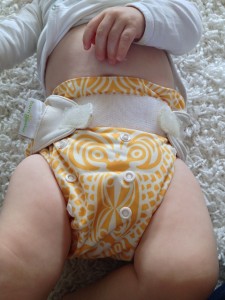 into a bucket for an automatic laundry machine and hanging them to dry for the next day. As cloth breathes, it is less likely for babies to develop a diaper rash. Today’s absorbent and form fitting cloth diapers with snaps or Velcro tabs are even more incredibly easy to use, and I encourage parents to try them. Toddlers wearing cloth will most likely toilet train quicker, as their diapers do not have the chemicals to wick away dampness. You will help your youngster develop strong bladder muscles earlier and you’ll be kinder to the environment.
into a bucket for an automatic laundry machine and hanging them to dry for the next day. As cloth breathes, it is less likely for babies to develop a diaper rash. Today’s absorbent and form fitting cloth diapers with snaps or Velcro tabs are even more incredibly easy to use, and I encourage parents to try them. Toddlers wearing cloth will most likely toilet train quicker, as their diapers do not have the chemicals to wick away dampness. You will help your youngster develop strong bladder muscles earlier and you’ll be kinder to the environment.
For tips on Eco disposable diapers brands, click link.
For tips on Cloth diapers, click link.
Larraine authors the Pee Wee at Castle Compost series that are fun and factual. Visitwww.castlecompost.com


